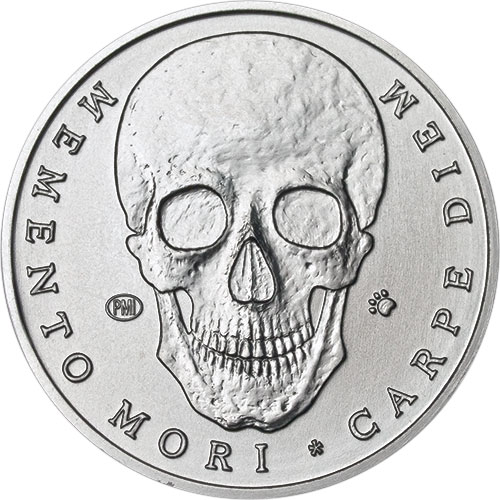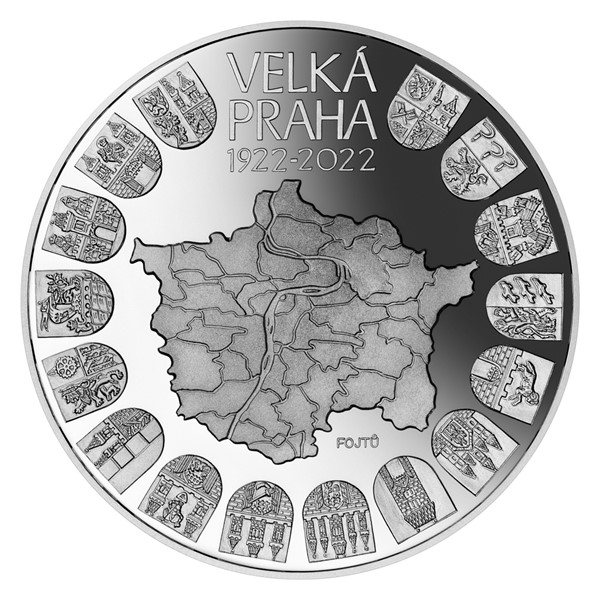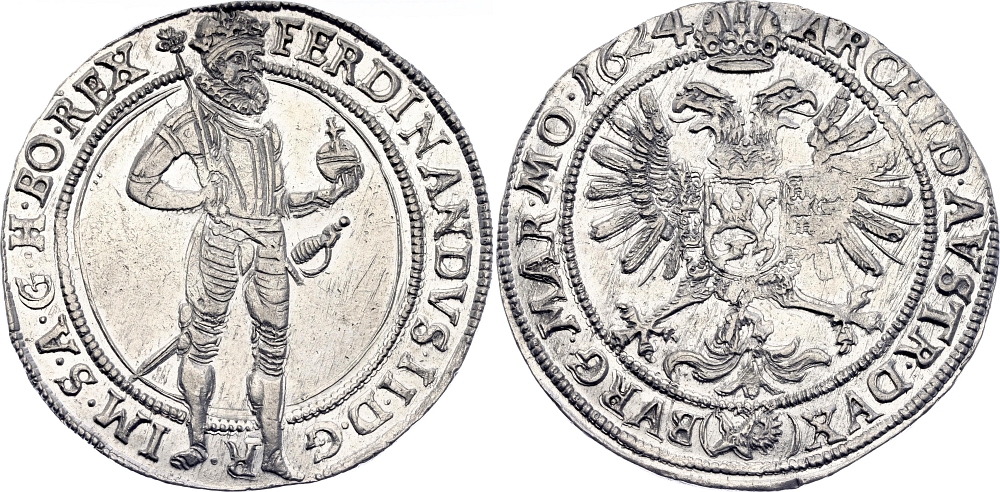New Suggestions For Plaster Prague Mint Coins
Wiki Article
How Do Artists Create Designs And Sketches For Gold Coins?
Artists employ various techniques to create sketches and designs for gold coins or medals, adapting traditional methods or utilizing digital tools for visualizationHand-Drawn Sketches
Pencil or Pen SketchesArtists usually begin with sketches that are sketched out using pens or pencils on paper. These sketches will aid in imagining and planning the layout and style of your medal or coin.
Detail rendering - The artist refines his initial sketches by adding more details, drawing the contours and improving the composition. This phase could involve several variations.
Inking or tracing. Once the artist is satisfied with the pencil sketch, it is then inked the outline in order to give it a cleaner appearance. To do this it is normal to trace the pencil sketch on a different sheet or use tracing paper.
Enhancing Depth and Shading Artists can use shading techniques to give depth and dimension to the design, creating a feeling of realism or emphasizing certain aspects of the coin or medal's design.
Digital Design Creation
Graphic Design Software- Artists skilled in digital design utilize programs like Adobe Illustrator, Photoshop, or other 3D modeling software. They use digital tools for precise, scaling, and manipulation to design the design of the medal or coin.
Vector Graphics- Digital design is often developed with vector graphics. Scalability is possible without compromising quality. This allows the design to be scaled for different sizes of coins while preserving its clarity.
3D Modeling - Artists who have advanced skills can employ 3D modeling software in order to imagine the design of a coin or medal in three dimensions. This gives an accurate representation and aids in understanding what the final appearance will be of the design.
Visualization and rendering - Artists are able to render the digital design, to simulate the appearance or the finished coin, by using various finishes, textures or effects.
Digital or hand-drawn designs require a superior level of artistic skill and an understanding of the technical specifications and constraints to the creation of coins and medals. Artists pick their preferred design method depending on the amount of experience they have, client needs and the aesthetic they want to achieve. Read the top drawing Prague Mint gold medals site info. including gold coin shops near me, coin gold silver, purchasing silver bars, 24 karat gold coin, apmex gold coins, buying silver, gold eagle coin, 1 0z gold, gold coin dealers near me, 5 cent piece and more.

How Can Laser Technology Utilized To Polish The Surface Of A Master Hub Or Die For Gold Coins Or Medals?
This method makes use of laser technology to refine and make precise details on the dies used for gold coins and other medals. Let's take a look at how laser technology works in this process. Surface Refinement
The master hub's surface is polished with laser technology after the initial cutting. It helps in smoothening out any imperfections, eliminating burrs, or correcting small imperfections in the surface.
Detail Enhancement-
Laser ablation or engraving techniques are employed to create or enhance details on the master hub or die. Lasers can be used to precisely remove and etch materials. This permits the creation of complex patterns, fine lines, or textures that are difficult to create using traditional cutting.
Microstructuring-
Laser microstructuring involves creating microscopic details or textures onto the surface of dies. This technique allows for the creation of patterns or textures that improve the appearance as well as security features on the medals and coins.
Surface Hardening and Treatment
In certain instances, laser technology is employed for surface hardening or treatment of the die or master hub. This improves the strength and durability of the surface, ensuring long-term durability when striking.
Precision Alterations
Laser technology permits precise adjustments and corrections to the die or master hub, without affecting overall geometry. It allows for surface modifications that can correct any imperfections and discrepancies that could influence the quality of stamped metal medals or coins.
Controlled Material Removal-
Laser ablation can be used to eliminate material in a controlled fashion, particularly when intricate specifics are required. It's a non-contact method of removing material, which keeps the integrity of the area.
Laser technology can be used to refine the surface of dies and master hubs which results in greater appearance, enhanced surface quality, and increased precision. It is a complement to conventional machining processes that allow for the exact manipulation and improvement of the die's surface characteristics crucial for making top-quality gold coins and medals. Read the top rated laser processing Czechoslovakia gold medals more recommendations. including gold bullion cost, 1 4 ounce gold coin, olympic games gold medal, liberty head nickel, saint gaudens gold coin, gold penny, olympic games gold medal, gold bullion cost, michael phelps medal, buy gold bars from bank and more.

What Is The Reason And How Are Gold Blanks Of High Quality Weighed And Measured Before The Minting Process Starts?
The process is followed to produce gold coins and medals that are of the highest quality. Process of preparation: Gold Material Select- For the production of blanks the most pure metal is chosen. Gold is refined until it meets the required purity standard for coinage.
Gold Blanks are produced by the process of blanking. Blanking is a process that involves cutting coins-sized discs or planchets, out of the gold.
Precision Weighing & Measuring
Weighing - Each blank is weighed individually to ensure that it meets the weight requirements of the coin or the medal. This procedure ensures that the medal or coin has precisely the correct amount of gold.
Measuringthe diameter, thickness, and overall dimensions of each blank are measured with precision instruments to ensure consistency and conformity to design specifications.
Inspection and Control of Quality
Visual Inspection Each blank is assessed visually for surface imperfections, irregularities and impurities. They could influence the final product’s quality.
Rejecting Blanks that Are Not Conforming- Blanks that do not conform to the dimensions, weight or quality standards are rejected in order to maintain consistency and uniformity.
Motivations for Preparation
Consistency of the Minting Process - The consistency of the minting process is guaranteed by accurately weighting and measuring blanks. Consistency of weight and dimensions results in uniform striking. This produces coins or medals that are the same quality and worth.
Accurate Content of Gold- Every blank's weight is precise, which means that the medal or coin will be filled with the exact amount of gold that was meant to be used, which guarantees precision and purity.
Preventing Variations - Uniform blanks are free of the possibility of variations in weight and size, which can affect the worth of the medal or coin and its legality, or the ability to be used in commerce or circulation.
Quality Assurance- Strict quality control measures during the preparation of blanks ensure that only top-quality, non-defect blanks are used in the process of minting, thus reducing the possibility of defects on the finished product.
Legal Compliance. It is essential to ensure that every coin, whether they are for use in circulation or are intended for commemorative purposes, meet the standards and legal requirements stipulated by mints or regulatory agencies.
Preparing gold blanks of high quality and consistent are essential steps during the coining process. They guarantee the quality and precision of high-value gold coins and medals. Have a look at the top rated gold blanks for Prague Mint gold coins site recommendations including american buffalo coin, medal gold medal, 2000 p gold dollar, bullion dealers, double eagle gold coin, gold bullion price, gold and silver coins, 1 0z gold, coin gold bullion, 1999 gold quarter and more.
How Are Gold Blanks Being Fed Into Coin Presses, And Stamped Under The Pressure Of High During Minting?
When minting is completed, gold blanks are fed into coin presses and then stamped under extreme pressure to make into finished pieces of gold or coins. Here's a brief outline of the process for loading blanks.
Gold blanks that have been prepared and inspected for quality and quality, are then loaded into a feeder system, which is connected to the coin press. This feeder ensures that the blanks are constantly delivered to the press.
Feeding Blanks Through the Press
The feeder system directs the blanks one at a time into the striking chamber of the coin press. The feeder system ensures that each blank is placed precisely to be stamped.
Alignment and Positioning
In the press, the blanks are aligned before being placed in the striking chamber to ensure that they are perfectly centered and oriented for the stamping process.
Striving under High Pressure
The coin presses apply high pressure on the gold blanks using a pair dies -- one stationary and one mobile. The stationary coin die provides negative images of the coin design. While the moving die is used as a hammer to strike the blank but the stationary die includes the positive impression.
Die dies hit the blank with a great deal of force, transferring the design onto its surface. The pressure of the dies imprints the designs, creating the raised reliefs and the details of the medal or coin.
Repeated Striking -
To create a clearer image or to create a more precise design Multiple strikes can be applied to better quality coins and medals, specifically proof editions. Each strike enhances the detail on the surface.
Ejection and Collection
Once struck and minted, the medals or coins that are created are taken from the presses. They are then put in containers and trays. They are then inspected for quality control to ensure that stamped designs meet the requirements of all standards and specifications.
Post-Processing-
Minted coins or medals may undergo additional processing, such as edge lettering edge reeding or post-strike treatment based on the design specifications or the specifications of the mint.
The process of stamping under high pressure is vital because it imparts the desired design to the gold blanks, turning the blanks into finished medals or coins that are ready to be used in circulation, collection or commemoration. This process is extremely precise, as any variation in pressure or alignment can alter the appearance and quality of the final item. See the best minting Prague Mint gold medals more advice. including purchase gold coins, old silver dollars, gold bullion coins, 20 dollar gold coin, 20 dollar coin, valuable gold dollar coins, gold panda coin, gold bullion gold, online silver buying, gold and coin dealers near me and more.
